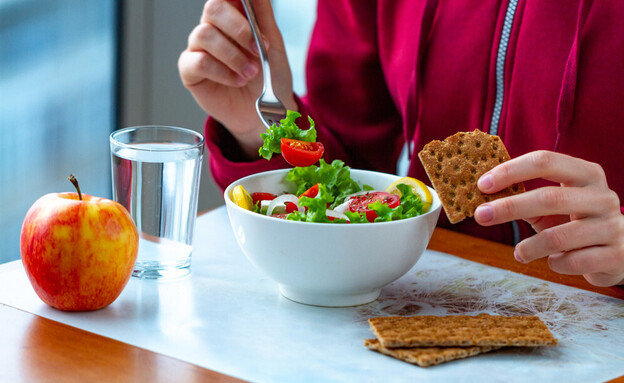What is the difference between sesame types?
The sesame seeds are sold in several types, and each has its own benefits. The white sesame is the most common, but as it is peeled, it contains less fiber and minerals. The full sesame seeds, on the other hand, contains the shell and is therefore richer in calcium. The black sesame is more antioxidant and deep nut flavor and red sesame seeds serves as a good source of iron.
Nutritional Benefits
calcium: The sesame seeds are rich in calcium which is essential for bone building and more. But its absorption is not always optimal due to a phytical acid it contains. To improve absorption, it is recommended to combine it with vitamin C -rich foods such as: red pepper, citrus and hiking.
Magnesium: Mineral is essential for bone and muscle building. Magnesium also helps with muscle relaxation and contraception, so it can support recovery after training.
iron: An essential nutritional component that participates in the creator of hemoglobin. Essential for anemia prevention.
Balance of blood sugar levels: Studies indicate that sesame seeds can help balance blood sugar levels, thanks to components where insulin sensitivity.
Antioxidants and healthy fats: The linguists (antioxidants) and healthy fats in sesame seeds may help reduce blood pressure.
But there is also a disadvantage
Despite the advantages, it is important to know that the sesame seeds are rich in omega 6. High level of omega 6 may encourage the development of inflammatory processes in the body. Omega 6 is mainly in plant oils like soy oil and corn oil. To balance it you can consume Omega 3 that exists in fish such as: salmon, flax seeds and chia.
If you want to incorporate sesame seeds in a balanced manner, one can replace a third of the flour in sesame seeds. This way you add more protein and fiber, reduce the amount of fat and maintain a better balance between the fatty acids on the menu.
A tablespoon of raw tahini, sesame seeds or 2 tablespoons of water diluted with water. For example – tahini with a slice of whole flour bread can be used as a nutritious intermediate meal or integrate into a main meal alongside protein.
Linor Gur Aryeh, Clinical Dietitian of General in Dan District – Petah
